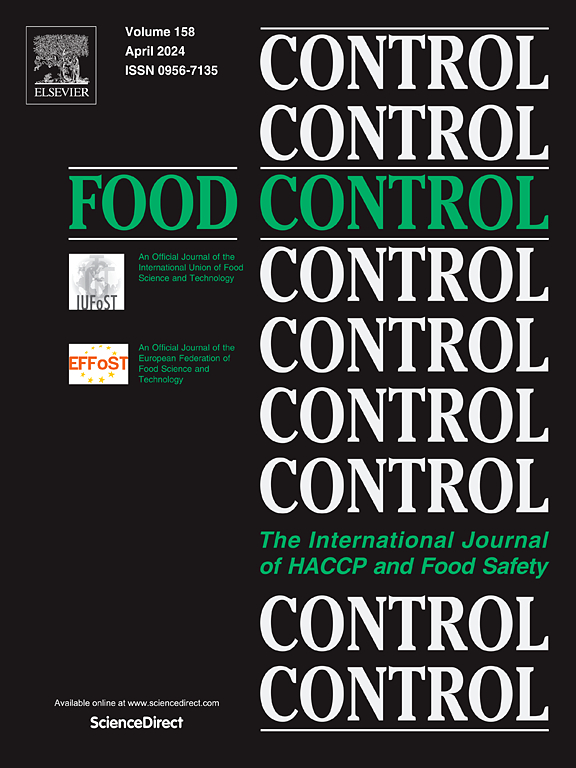Comparing the effect of UV treatment at wavelengths 254 nm and 280 nm: Inactivation of Brettanomyces bruxellensis and impact on chemical and sensory properties of white wine
IF 5.6
1区 农林科学
Q1 FOOD SCIENCE & TECHNOLOGY
引用次数: 0
Abstract
Ultraviolet (UV) light at 254 nm is well known for its germicidal properties and widely used in food and beverage preservation, though UV light-emitting diodes (UV-LEDs) at 280 nm have advantages over traditional UV mercury vapour lamps and are thus discussed to replace them. This study investigates the efficiency of 280 nm for inactivation of harmful yeast Brettanomyces bruxellensis in white wine as compared to 254 nm. Increasing UV doses were applied in a Riesling wine. Since another treatment wavelength potentially affects reaction kinetics of wine compounds, the chemical and sensory properties were investigated. The microbial analysis revealed greater efficiency of 280 nm compared to 254 nm through comparison by 5-log inactivation dose. It was shown that the Weibull model is suitable to describe the inactivation kinetics of Brettanomyces bruxellensis at 254 and 280 nm. Chemical analyses showed significant differences between UV treatments at 254 and 280 nm for the colour properties and phenol concentrations but not for the investigated volatile compounds. Phenol degradation was more pronounced with increasing UV doses at 280 nm as described by pseudo first-order kinetics. Sensory evaluation of the wine revealed that UV treatment at 280 nm changed odour and taste stronger than at 254 nm. Despite better microbial efficiency, the 280 nm approach seems less suitable for the UV treatment of white wine.
求助全文
约1分钟内获得全文
求助全文
来源期刊

Food Control
工程技术-食品科技
CiteScore
12.20
自引率
6.70%
发文量
758
审稿时长
33 days
期刊介绍:
Food Control is an international journal that provides essential information for those involved in food safety and process control.
Food Control covers the below areas that relate to food process control or to food safety of human foods:
• Microbial food safety and antimicrobial systems
• Mycotoxins
• Hazard analysis, HACCP and food safety objectives
• Risk assessment, including microbial and chemical hazards
• Quality assurance
• Good manufacturing practices
• Food process systems design and control
• Food Packaging technology and materials in contact with foods
• Rapid methods of analysis and detection, including sensor technology
• Codes of practice, legislation and international harmonization
• Consumer issues
• Education, training and research needs.
The scope of Food Control is comprehensive and includes original research papers, authoritative reviews, short communications, comment articles that report on new developments in food control, and position papers.
 求助内容:
求助内容: 应助结果提醒方式:
应助结果提醒方式:


